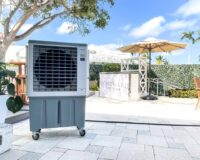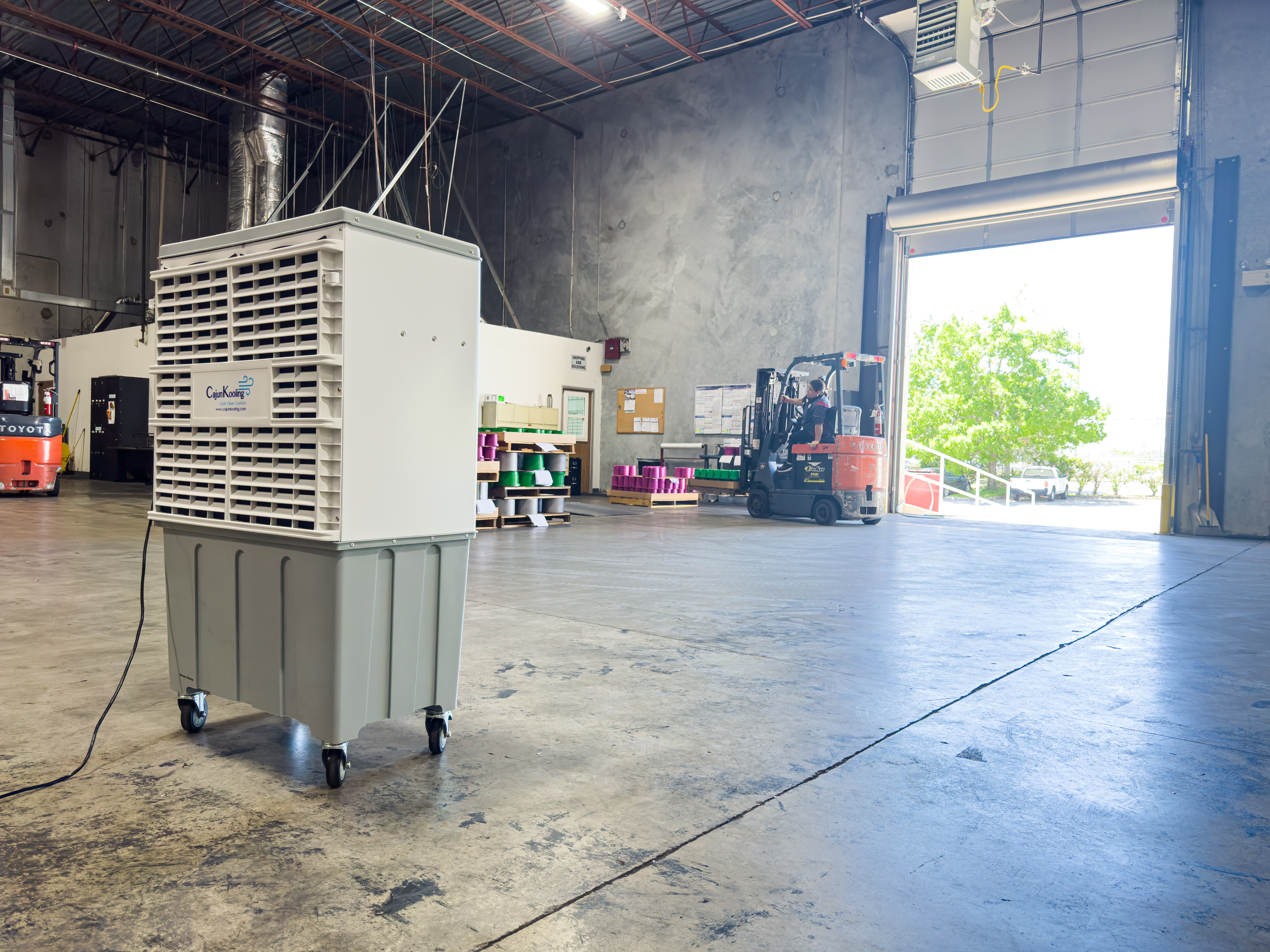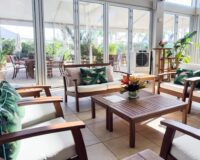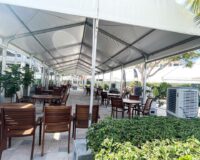Cost-Effectiveness for Commercial Spaces: Why Swamp Coolers Make Sense in Large Areas
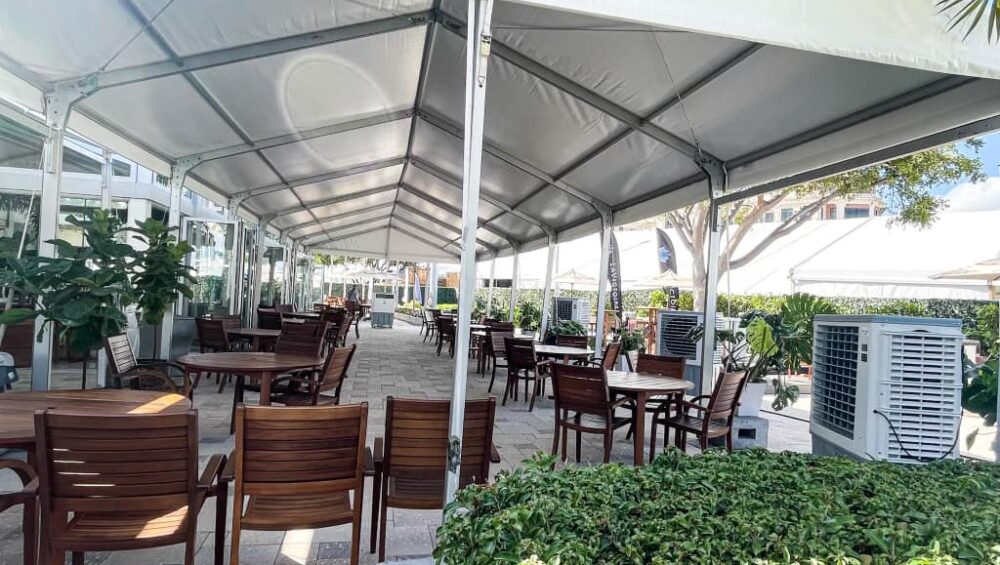
When it comes to keeping large commercial spaces cool, traditional HVAC systems can rack up massive energy bills and require complicated ductwork. Evaporative coolers—often referred to as swamp coolers—provide a cost-effective, eco-friendly, and reliable alternative. Below, we’ll break down why evaporative cooling makes sense for commercial areas such as warehouses, manufacturing plants, event venues, or other big, open environments.
Lower Operational Costs
- Reduced Power Consumption: Traditional air conditioning uses a compressor to chill the air, which consumes large amounts of electricity. In contrast, swamp coolers rely on the natural process of evaporation. While they need electricity to run the fan and pump, the overall power usage is generally far lower than that of a comparable AC system.
- Simple Infrastructure: Large AC systems often require intricate ductwork and insulation, driving up installation and maintenance costs. Evaporative coolers are typically more straightforward to install—some models are even portable—keeping capital expenses low.
Cost-Saving Example: A manufacturing facility that switches to evaporative cooling can see significant cuts in monthly energy bills, especially during peak summer months. Over time, this adds up to substantial savings.
Ideal for Large, Open Areas
Warehouses, distribution centers, and event halls are often too big for standard AC to handle efficiently. It’s not just about cooling the air; it’s about managing airflow effectively in huge, open layouts.
- High Air Exchange: Evaporative coolers constantly draw fresh air from outside, pass it through cooling pads, and release cooled air into the space. This consistent air exchange is perfect for wide-open commercial environments that need high-volume airflow.
- Fewer Hot Spots: Traditional AC can struggle to evenly distribute cooled air in massive areas without extensive ductwork. Swamp coolers can direct targeted air streams where employees or equipment need it most, reducing uneven temperature zones.
Health & Comfort Benefits
- Fresh Air Intake: By design, evaporative cooling circulates filtered outdoor air indoors. This reduces stale air and can help flush out pollutants or airborne particles—great for workplaces where dust or chemical fumes may be present.
- Moisture Balance: Dry air can cause discomfort and health issues like irritated skin or eyes. An evaporative cooler adds a small amount of humidity to the air, potentially creating a healthier indoor environment for both workers and stored materials that benefit from moderate humidity levels.
Lower Environmental Impact
Compared to refrigerated AC systems, swamp coolers typically use less electricity and contain no chemical refrigerants (like HCFCs or HFCs). This significantly reduces the carbon footprint of large-scale cooling. If environmental stewardship is a priority for your organization—or if you’re looking to align with green building standards—evaporative cooling can help you meet those goals.
Flexibility & Scalability
Evaporative coolers can be adapted to various industrial and commercial scenarios:
- Portable Units: Models on wheels can be moved around a facility as production lines shift, or as specific areas need spot cooling.
- Permanent Installations: Wall- or window-mounted systems can serve entire warehouses with fixed, high-volume airflow.
- Multiple Units: Instead of installing a single giant AC system, you can combine multiple evaporative coolers to handle different zones or microclimates within a large building. This modular approach often proves more cost-effective and easier to maintain.
Reliability & Maintenance
Swamp coolers have fewer moving parts than traditional AC systems, often translating to lower maintenance over time. Key tasks include:
- Regular Cleaning and Pad Replacement: Keeps efficiency high and prevents mineral buildup.
- Periodic Inspection of Water Lines: Ensures adequate water flow for optimal cooling.
- Fan and Motor Checks: Essential to maintain the system’s airflow capabilities.
With straightforward maintenance, evaporative coolers can offer consistent performance even in demanding environments like workshops or manufacturing floors.
Choosing the Right Commercial Evaporative Cooler
For large commercial spaces, CFM ratings (cubic feet per minute) become particularly crucial. You’ll need a unit (or multiple units) that can handle your square footage and air volume.
- Mid-Range (6,000–12,000 CFM): Suitable for medium warehouses, small hangars, or sizable retail floors.
- High-Capacity (12,000 CFM+): Ideal for massive spaces, such as distribution centers and manufacturing plants.
If you’re unsure how to size a cooler for your facility, Cajun Kooling provides detailed specifications and can advise on the ideal model for your square footage.
Conclusion
For businesses with large commercial spaces, controlling energy costs while maintaining a comfortable, safe environment can be a constant challenge. Evaporative coolers offer a compelling solution by delivering powerful airflow, fresh ventilation, and lower operational expenses compared to traditional AC systems. This not only benefits your bottom line but also fosters a healthier, more productive environment for workers and guests.
Ready to Upgrade Your Facility’s Cooling?
Explore Cajun Kooling’s commercial evaporative coolers to discover cost-effective models that fit your specific square footage and climate requirements. Whether you need a single high-capacity unit or multiple portable coolers, we’re here to help you keep your operations running efficiently—even in the hottest conditions.
About Cajun Kooling
Cajun Kooling is committed to providing high-quality swamp coolers that are built to withstand tough environments. With our robust construction, user-friendly features, and energy-saving technology, our units help businesses reduce expenses while maintaining optimal comfort for employees and customers alike.
Contact us today to discuss your commercial cooling needs—our team will help you pick the perfect evaporative cooler solution for your large space.
Disclaimer: Coverage and performance depend on factors like climate, ceiling height, and ventilation. For accurate sizing and advice on installation, consult with a cooling professional or reach out to our support team at Cajun Kooling.


